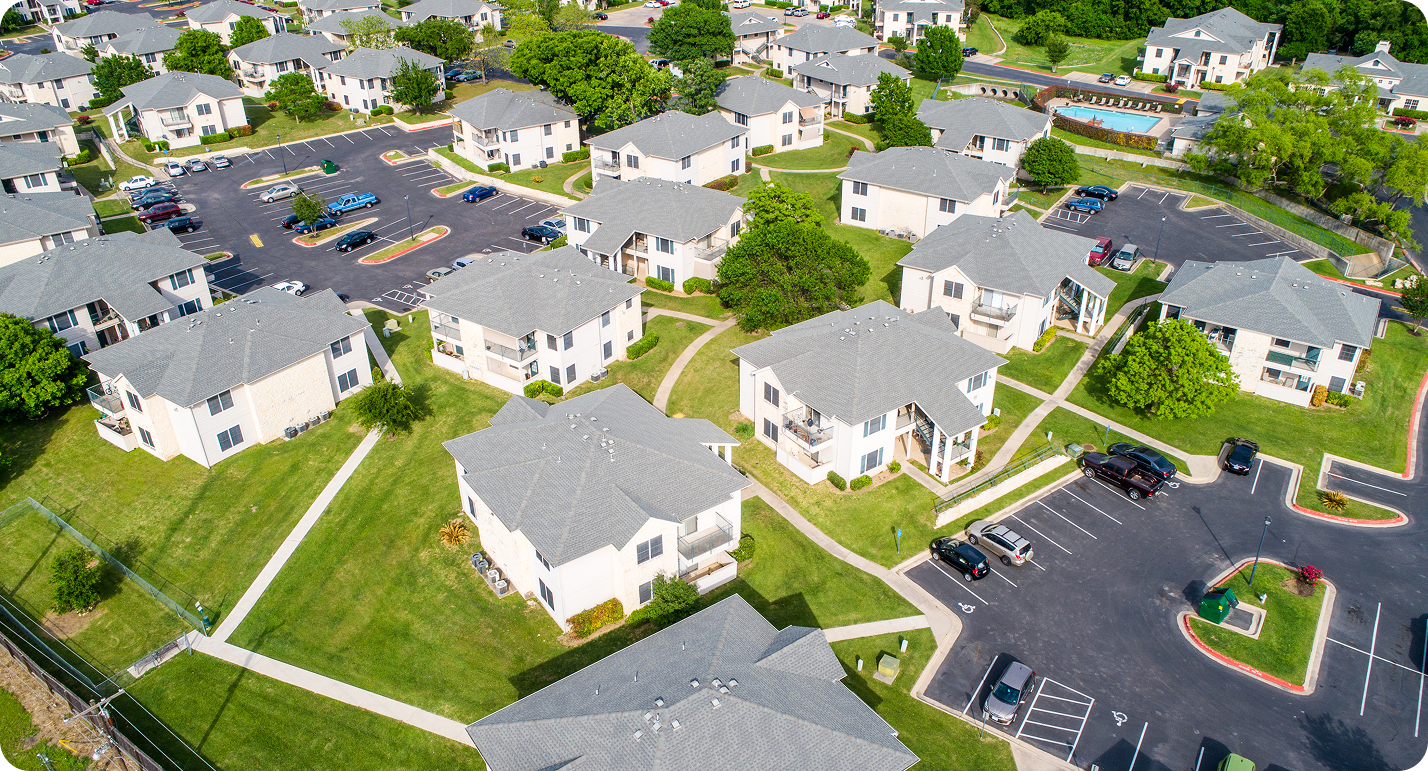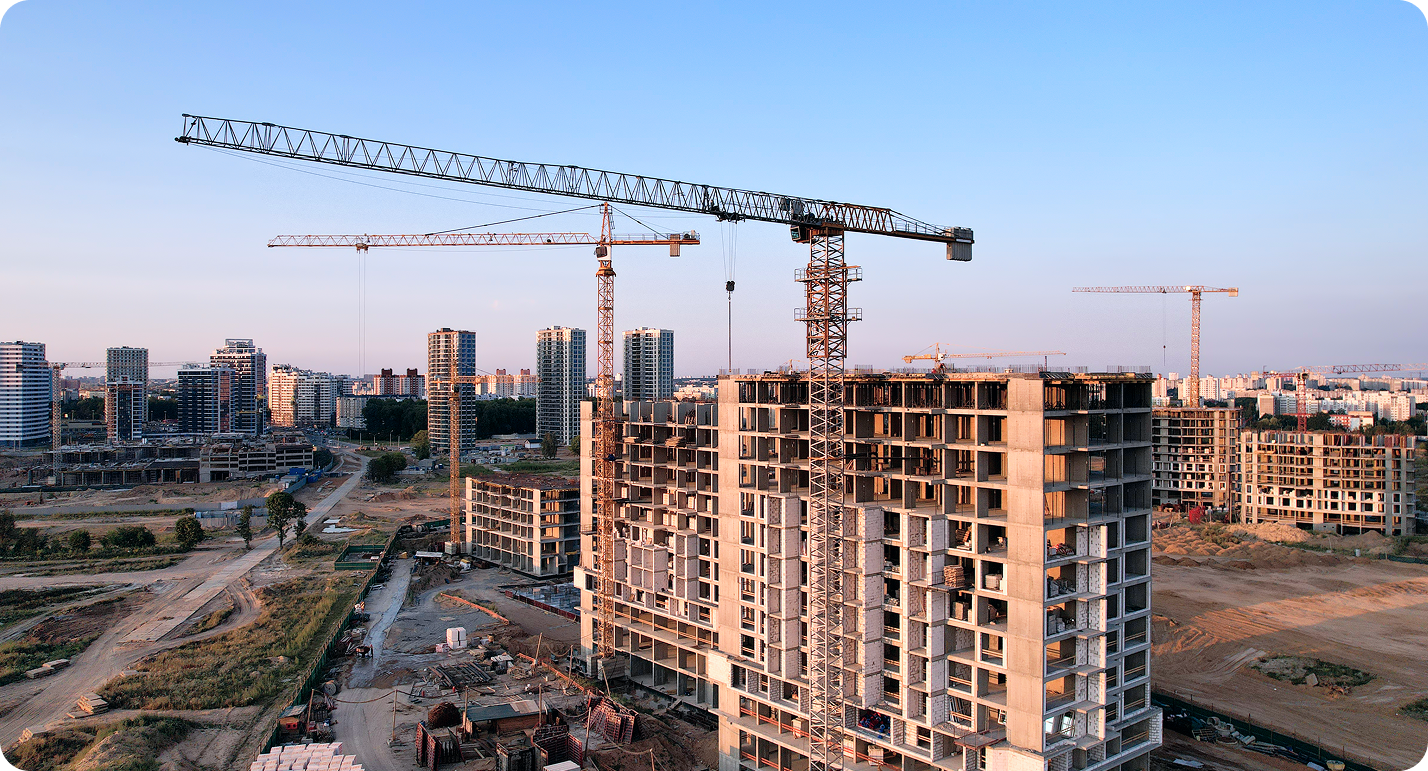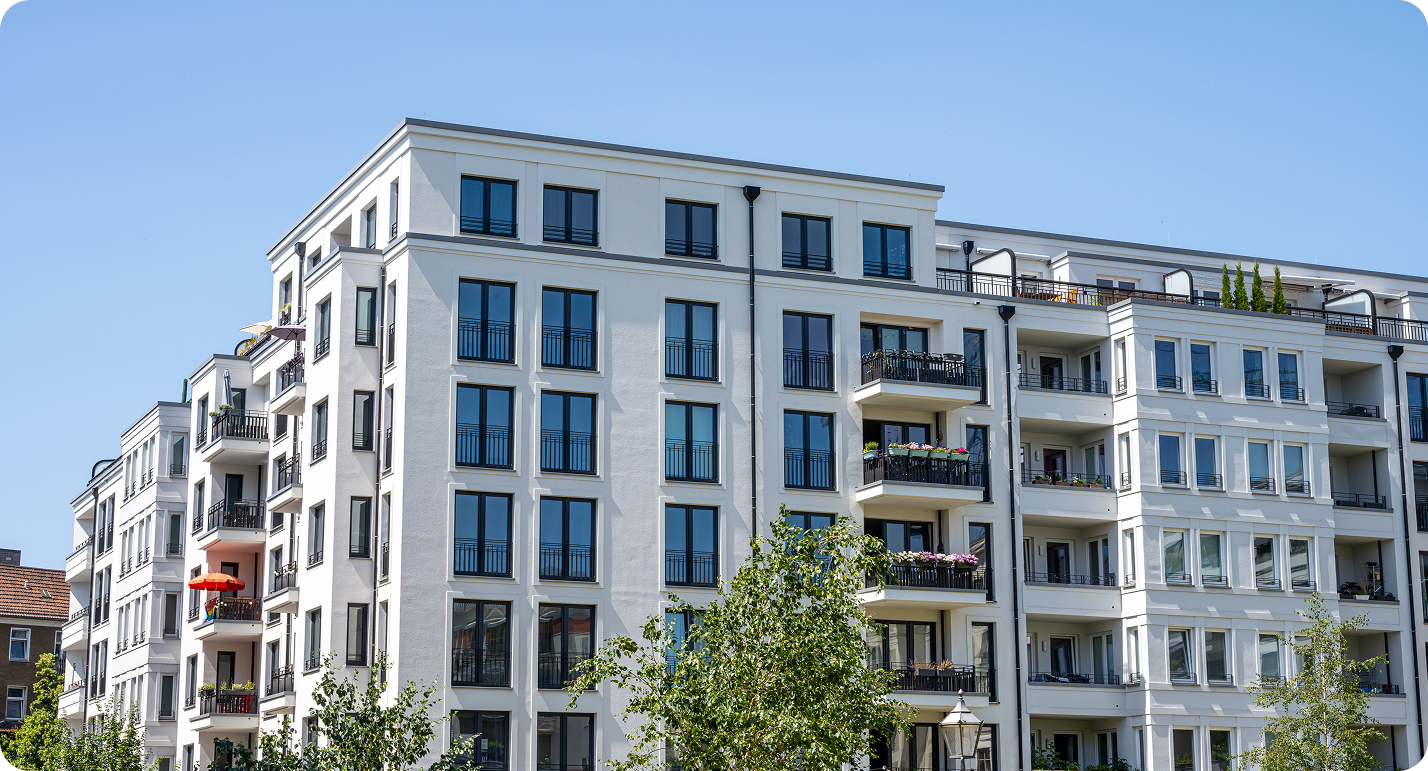Affordable housing isn’t just about building roofs. It’s about preserving homes that real families are counting on today and ensuring that those homes stay affordable for decades to come.
The National Shortage Is Growing
The National Low Income Housing Coalition (NLIHC) reported in March 2025 that the U.S. is short up to 7 million homes for low-income renters. Behind that number are families struggling to find stability, communities losing ground, and operators under increasing pressure to do more with less.
At the same time, thousands of existing units face an uncertain future. A report from The Associated Press highlighted that 223,000 LIHTC units could lose affordability within the next five years, with risk climbing to 350,000 by 2030 and as high as 1 million by 2040.
This creates a dual crisis. Not enough new homes are being built, and too many existing homes are at risk of expiring out of affordability.
LIHTC: Creation vs Preservation
The Low-Income Housing Tax Credit (LIHTC) program remains the single largest driver of affordable housing creation in the United States. According to the Urban Institute, LIHTC financing supports the development of about 87,000 affordable units each year, with roughly 90,000 new allocations made in 2021.
But when you compare this pace of development against the units leaving the program, the math doesn’t add up. We are short millions of homes and the new units being built are barely keeping pace with those expiring.
Without better preservation strategies and smarter tools to make compliance, operations, and financing more manageable for owners, we risk falling further behind.
Why Preservation Matters
Preserving existing LIHTC units isn’t just a financial or regulatory issue. It’s a community issue. Every time an affordable unit exits the program, a family loses access to stable housing. When enough units exit, entire neighborhoods feel the impact.
That is why preservation needs as much attention as new development. Protecting the affordable housing we already have is one of the fastest ways to keep families housed while the industry works to close the larger supply gap.
The Role of Technology in Closing the Gap
Owners and operators need solutions that make it easier and more attractive to preserve affordable housing. That means technology that:
- Simplifies compliance and reduces the administrative burden
- Centralizes data to make portfolio-wide reporting faster and more reliable
- Supports long-term asset management so units stay viable not just today but for decades to come
Affordable Housing Deserves Better
At Fortress OS, we believe affordable housing deserves tools that make both preservation and development possible. Our platform was built specifically to help owners and operators manage compliance, streamline operations, and protect the housing that millions of families rely on.
Because affordable housing isn’t just about roofs. It’s about protecting homes and ensuring communities can thrive.



.jpg)



